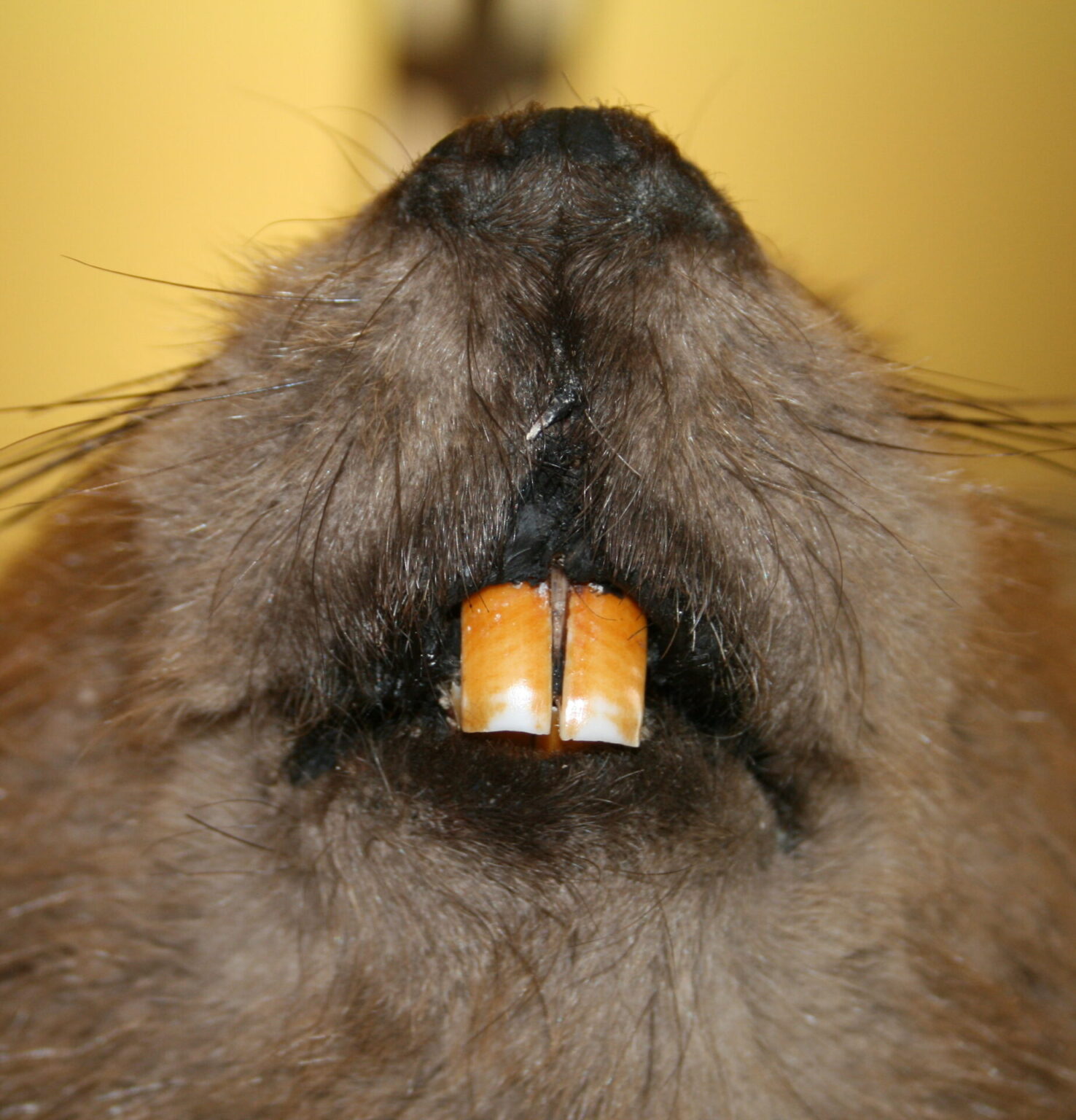Beaver Builders: Nature’s Ingenious Architects with Built-In Blueprints!
The beaver, an industrious rodent native to North America and parts of Europe and Asia, is a true marvel of the animal kingdom. Unlike many creatures that learn skills from their parents, beavers seem to possess an innate talent for dam building, a complex behavior that continues to baffle evolutionists.
Aquatic Architects

The beaver is a skilled dam engineer, building with innate skills without parental indoctrination. Evolutionists lack explanations for these instincts. Beavers live in water dwellings with long tunnels, protecting young from predators. They build dams to accumulate water, repairing leaks swiftly. Equipped with sharp teeth, strong jaws, and swimming limbs, they endure cold waters efficiently.
These fascinating animals dwell in lodges, impressive structures they construct themselves. These lodges are essentially underwater homes, complete with intricate networks of tunnels that allow them to enter, exit, and ventilate their living space. The tunnels also serve as vital escape routes for young kits (baby beavers) seeking refuge from predators.
However, a crucial element is missing for a comfortable lodge: still water. This is where the beaver’s engineering prowess truly shines.
Dam Builders Extraordinaire
With remarkable foresight, beavers select a suitable river and embark on a project that would make any human architect proud: dam construction. The purpose? To create a stagnant pond, the perfect environment for their lodge.
The construction process is a testament to their dedication. Over months, they meticulously gather wood, gravel, and mud, using their strong bodies and specialized tools to assemble an impressive dam. The length of these dams can vary greatly, ranging from a humble meter to a staggering 100 meters!
Nature’s Toolbox

But beavers aren’t just skilled builders; they’re also well-equipped for the job. Their teeth, thick and sharp like a carpenter’s chisel, are perfect for gnawing through branches and manipulating wood. Powerful jaw muscles provide the necessary force for digging and manipulating materials.
Their limbs are specifically adapted for swimming, allowing them to navigate the water with ease. Additionally, a thick layer of grease coats their bodies, providing essential insulation against the cold water temperatures they encounter.
Heads Up!

The positioning of their sensory organs is another fascinating adaptation. Ears, eyes, and nose are all situated high on the head. This strategic placement allows them to remain submerged while swimming, keeping their bodies hidden from predators. However, their watchful eyes can still peek above the water’s surface, ensuring they remain vigilant against any threats.
Holding Their Breath
For those crucial underwater tasks, like building dams or navigating waterways, beavers have one more impressive adaptation: their breath-holding ability. They can hold their breath for up to 15 minutes, granting them ample time to complete underwater work or traverse stretches of water.

A Testament to Nature’s Ingenuity
The beaver, with its instinctive dam-building skills, perfectly adapted body, and impressive breath-holding capability, is a true wonder of nature. They are architects without blueprints, masters of their watery domain, and a testament to the incredible diversity and ingenuity found in the animal kingdom.
